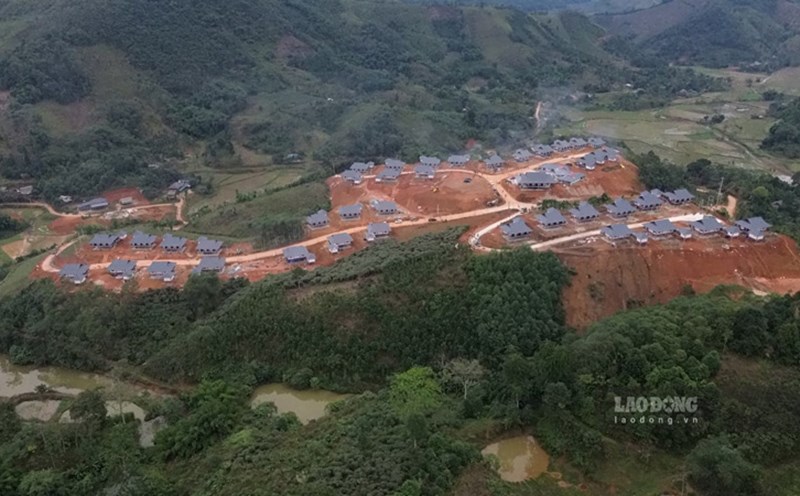The drama “Jeong Nyeon” (Jeong Nyeon: The Star is Born/Jeong Nyeon: The Star is Born) officially ended its broadcast journey on the evening of November 17 with a rating of 16.5%. However, since then, the work has continued to receive public attention.
Most recently, “Jeong Nyeon” topped Good Data Corporation’s list of most discussed dramas.
Furthermore, the film's female lead Kim Tae Ri also maintained her top spot on the list of most popular TV drama actresses. Her co-stars Jung Eun Chae, Shin Ye Eun, and Woo Davi also made the list at 5th, 8th, and 10th place respectively.
According to the Korea Herald, what makes “Jeong Nyeon” so highly regarded is that it revives the cultural history of gukgeuk – female artists skilled in performing pansori (a traditional form of singing and dancing).
In addition, the film attracted audiences of all ages and genders, breaking the usual audience ratio of Korean dramas, which is mainly for women aged 20 to 49.
Director Jung Ji In was quite surprised by this achievement. “We expected the viewership to be women in their 20s to 40s due to the attractive female characters and their relationships. However, the fact that the drama reached all age groups and genders was beyond our expectations.
But I believe its success lies in the universal themes and relatable emotions woven into the story, which resonate with audiences from all walks of life.”
The director added that from the beginning, her goal in making the film was to bridge the gap between the unfamiliar subject of gukgeuk and contemporary audiences.
“We always keep in mind that gukgeuk was one of the most popular forms of entertainment at that time (the film is set in 1950), helping people escape the hardships of reality.
We wanted to give the audience that same sense of wonder. From the moment the curtain opened, the crew wanted to evoke the excitement and anticipation of entering an amusement park.
Even before filming began, the production team and cast wanted both the show's fictional audience and viewers at home to experience these emotions.”
However, to accurately recreate the complex gukgeuk performances, director Jung revealed that before each scene, the crew had to prepare meticulously, from the movements on stage, camera placement, equipment to lighting, costumes, makeup, hair...
“The filming itself was divided into three parts: the stage-centric scenes, the audience scenes, and the computer-generated audience shots. Each performance typically took seven to 10 days to complete,” she added.











